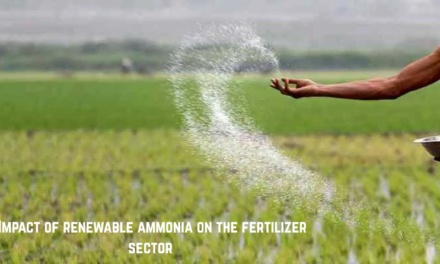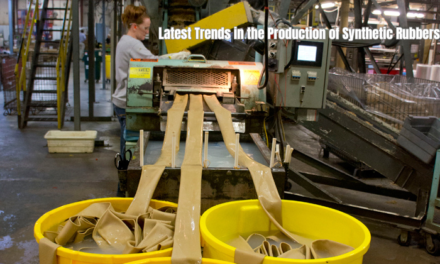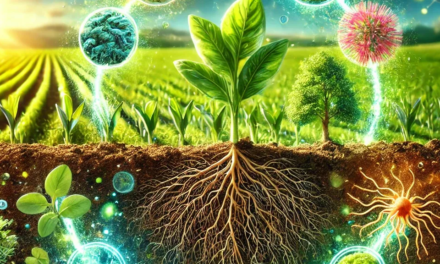Key Components of an Extrusion Machine
An extrusion machine consists of several essential components that work together to melt, shape, and solidify plastic materials. The key components include:
1. Hopper
- The starting point where plastic raw material (pellets, granules, or powder) is fed into the machine.
- May include a drying system to remove moisture before processing.
- Some hoppers have feeders that control the material flow rate.
2. Barrel
- A long, heated chamber that encloses the rotating screw.
- Equipped with multiple heating zones to gradually melt the plastic.
- Maintains consistent temperature control to ensure uniform melting.
3. Screw
- The rotating screw moves the plastic material forward while heating, mixing, and compressing it.
- Designed with different zones:
- Feed Zone – Moves raw material from the hopper into the barrel.
- Compression Zone – Applies heat and pressure to melt the plastic.
- Metering Zone – Ensures a uniform molten plastic flow to the die.
- Screw design varies based on material type and product requirements.
4. Heater Bands & Cooling System
- Heater bands wrapped around the barrel provide controlled heat for melting.
- Cooling fans or water channels regulate temperature to prevent overheating.
- Some machines use air or liquid cooling to maintain consistent processing conditions.
5. Die
- A custom-designed metal mold that shapes the molten plastic into the desired form.
- Determines the final shape of extruded products, such as pipes, sheets, or films.
- Must withstand high temperatures and pressure for precision shaping.
6. Calibration & Sizing Unit
- Ensures proper shaping and dimension control of the extruded material.
- Uses vacuum or air pressure for precise shaping, especially for tubes and profiles.
7. Cooling System
- Uses air or water to cool and solidify the extruded plastic.
- Cooling tanks or air-blown systems help maintain shape integrity.
- Controlled cooling prevents warping or shrinkage.
8. Haul-Off (Puller)
- A set of motorized rollers or belts that pull the extruded material at a controlled speed.
- Ensures uniform thickness and prevents deformities in the final product.
9. Cutting Unit
- Cuts the extruded product to the required length.
- May include guillotine cutters, rotary saws, or laser cutters depending on the material type.
- Automated cutting ensures precision and consistency.
10. Control Panel
- Manages and monitors the extrusion process.
- Displays real-time data on temperature, speed, and pressure.
- Allows operators to adjust parameters for optimal production efficiency.
Conclusion
An extrusion machine consists of interconnected components that ensure smooth material processing, from feeding raw plastic to shaping, cooling, and cutting the final product. Efficient operation depends on precise control of heating, pressure, and cooling systems.
Hashtags
#ExtrusionMachine #PlasticExtrusion #ExtruderComponents #PolymerProcessing #ManufacturingTechnology #PlasticsIndustry #ExtruderHopper #MaterialFeeding #PelletFeeder #RawMaterialHandling #PlasticGranules #ExtruderScrew #ScrewDesign #ExtruderBarrel #SingleScrewExtruder #TwinScrewExtruder #ShearMixing #ExtruderHeaters #TemperatureControl #CoolingSystem

















